EQing is a crucial aspect of music production, as it allows producers to shape the tonal balance of individual elements in a mix.
Among the most important elements in many modern music genres, such as Hip-Hop, EDM, and Pop, are the kick drum and the 808 bass.
Learning how to effectively EQ these two elements can make a significant difference in the overall impact and clarity of a track.
Understanding the Basics of EQ

EQ, short for equalization, is the process of adjusting the balance of different frequency components in an audio signal.
There are three main types of EQs:
- Parametric EQs, which allow for precise control over frequency, bandwidth (Q), and gain
- Graphic EQs, which use a set of fixed frequency bands
- Dynamic EQs, which can automatically adjust the EQ settings based on the input signal
The three basic concepts to understand when working with EQs are:
- Frequency, which is measured in Hertz (Hz) and represents the pitch of a sound
- Bandwidth (Q), which determines the range of frequencies affected by an EQ adjustment
- Gain, which is the amount of boost or cut applied to a specific frequency range
Characteristics of Kick Drums and 808s
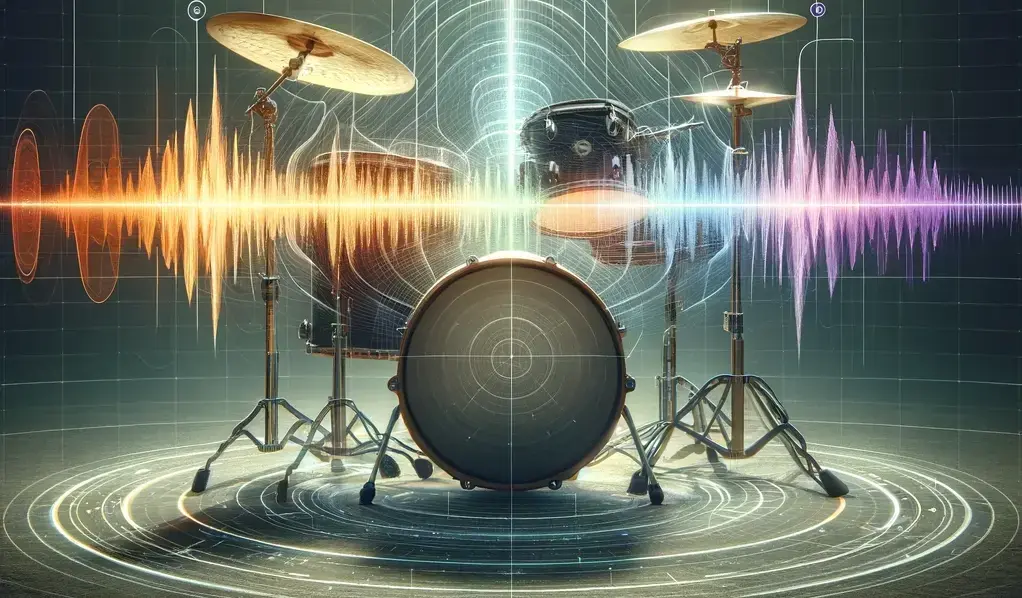
A kick drum typically consists of three main components:
- The transient, which is the initial attack or click of the drum
- The body, which provides the main weight and punch
- The tail, which is the decay or resonance of the drum
An 808, on the other hand, is a type of bass sound that originated from the Roland TR-808 drum machine.
It is characterized by a deep, sustained tone that often occupies the sub-bass frequency range (20-60 Hz).
In a mix, kicks and 808s often compete for space in the low-end frequency spectrum, which can lead to muddiness or lack of clarity if not properly balanced.
Step-by-Step Guide to EQing Kick and 808
Initial Setup
The first step in EQing kicks and 808s is to choose the right samples or synthesize your own sounds.
Look for samples that complement each other and have the desired characteristics for your track.
Balancing Frequencies
To avoid frequency masking between the kick and 808, use these techniques:
- Cutting: Remove unnecessary frequencies from each element to create space for the other. For example, cut some of the low-end from the kick to make room for the 808’s sub-bass.
- Boosting: Enhance the desired frequencies in each element to help them stand out in the mix. For kicks, focus on the attack (2-4 kHz) and the body (60-100 Hz). For 808s, boost the sub-bass (20-60 Hz) and the upper harmonics (1-2 kHz) for added presence.
Advanced Techniques
- Use side-chain compression to duck the 808 when the kick hits, allowing the kick to cut through the mix.
- Apply dynamic EQ to the 808 to automatically adjust the EQ settings based on the input signal, ensuring a balanced low-end.
- Utilize transient shapers to enhance the attack of the kick, making it more punchy and defined.
Common EQ Settings and Adjustments
The specific EQ settings for kicks and 808s will vary depending on the style of music and the individual track.
Here are some general guidelines:
- For Trap-style music, boost the sub-bass of the 808 and the attack of the kick, while cutting the mid-range frequencies to create a clean, powerful low-end.
- In Pop music, aim for a more balanced EQ curve, with a slight boost in the kick’s attack and the 808’s upper harmonics for added clarity and presence.
- For Electronic and EDM, emphasize the kick’s body and the 808’s sub-bass to create a strong, driving low-end that can cut through the dense mix.
Also consider the key and tempo of the track when Eqing
For example, in a track with a slower tempo, you may want to allow more space for the 808’s sustain, while in a faster track, a shorter decay on the kick might be more appropriate.
Troubleshooting Common Mixing Issues
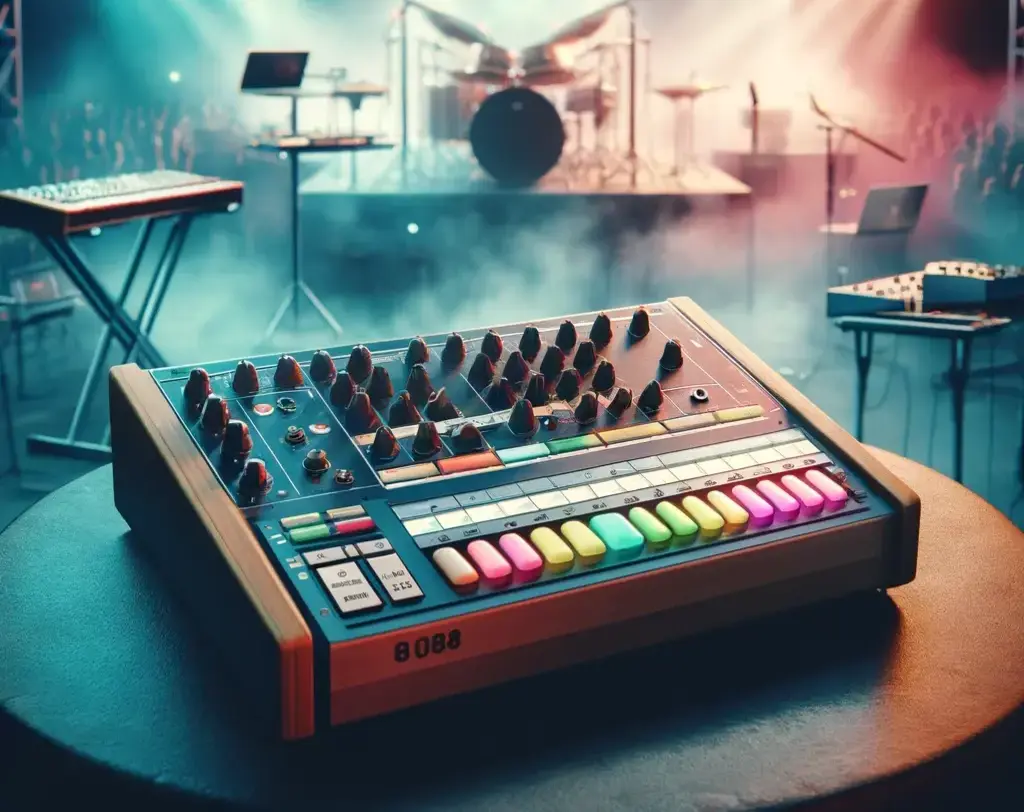
If your mix sounds muddy or lacks clarity, it may be due to frequency masking between the kick and 808.
To fix this, try cutting the low-end frequencies of the kick and boosting the upper harmonics of the 808 to create more separation.
If the low-end is overpowering the mix, consider reducing the overall level of the kick and 808, or using a high-pass filter to remove excessive sub-bass frequencies.
Remember that the quality of your monitoring system and listening environment can greatly impact your ability to make accurate EQ decisions.
Invest in high-quality studio monitors and acoustic treatment for your room to ensure a neutral and consistent listening experience.
Advanced Mixing Techniques
Layering
To add depth and texture to your kicks and 808s, try layering multiple samples or synthesized sounds.
For example, layer a punchy kick with a sub-heavy 808 to create a powerful low-end that cuts through the mix.
Saturation and Harmonic Distortion
Experiment with saturation and harmonic distortion to add character and presence to your kicks and 808s.
Subtle distortion can help them stand out in a dense mix without increasing the overall level.
Stereo Imaging
Try using stereo imaging and spatial effects to create a wider, more immersive sound.
However, be cautious when applying stereo effects to low-frequency elements, as this can cause phase issues and weaken the overall impact of the low-end.
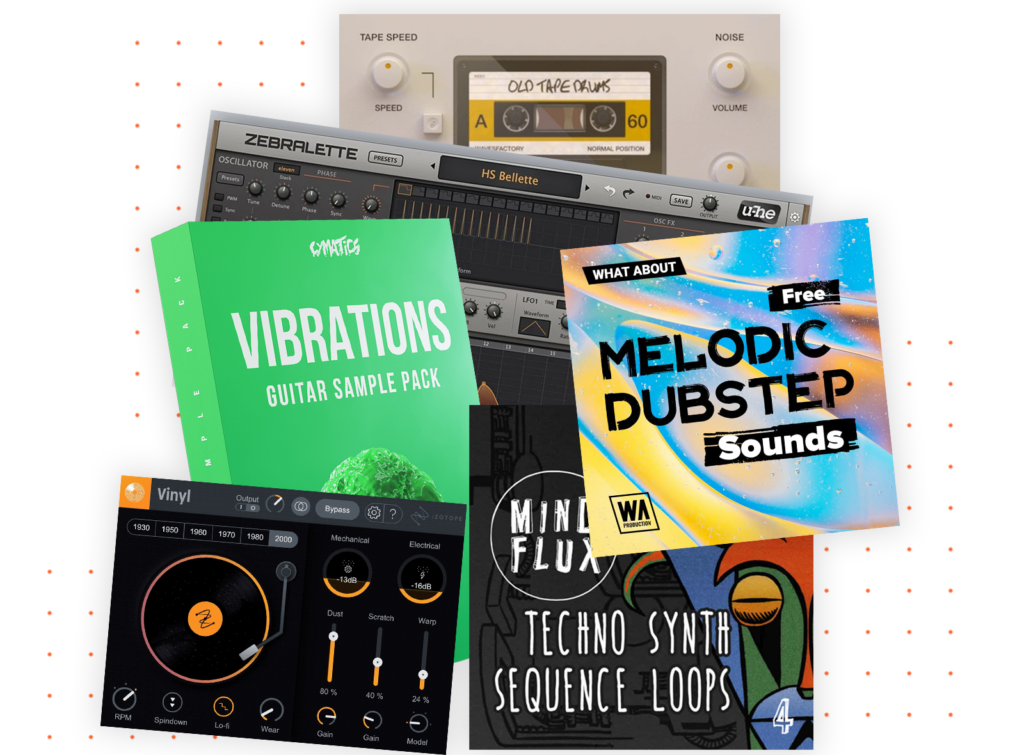
Access 4,000+ Music Tools
Access our entire library of music tools including sample packs, VST plugins, DAW templates, and much more.
Examples From Popular Music
Analyzing professional tracks can provide valuable insights into successful EQ techniques.
For example, in Travis Scott’s “Sicko Mode,” the kick and 808 are expertly balanced, with the kick’s attack cutting through the mix and the 808’s sub-bass providing a powerful foundation.
In Billie Eilish’s “Bad Guy,” the kick and bass are tightly integrated, with the kick’s body and the bass’s upper harmonics working together to create a cohesive and impactful low-end.
Additional Resources
To further develop your EQing and mixing skills, consider exploring these resources:
Books and courses:
Online tutorials and forums:
Final Thoughts
EQing kicks and 808s is a critical skill for modern music producers, as these elements form the foundation of many popular genres.
By understanding the basics of EQ, the characteristics of kicks and 808s, and advanced mixing techniques, you can create powerful, clear, and impactful low-end in your mixes.
Looking For a One-Stop-Shop For All Your Music Production Needs?
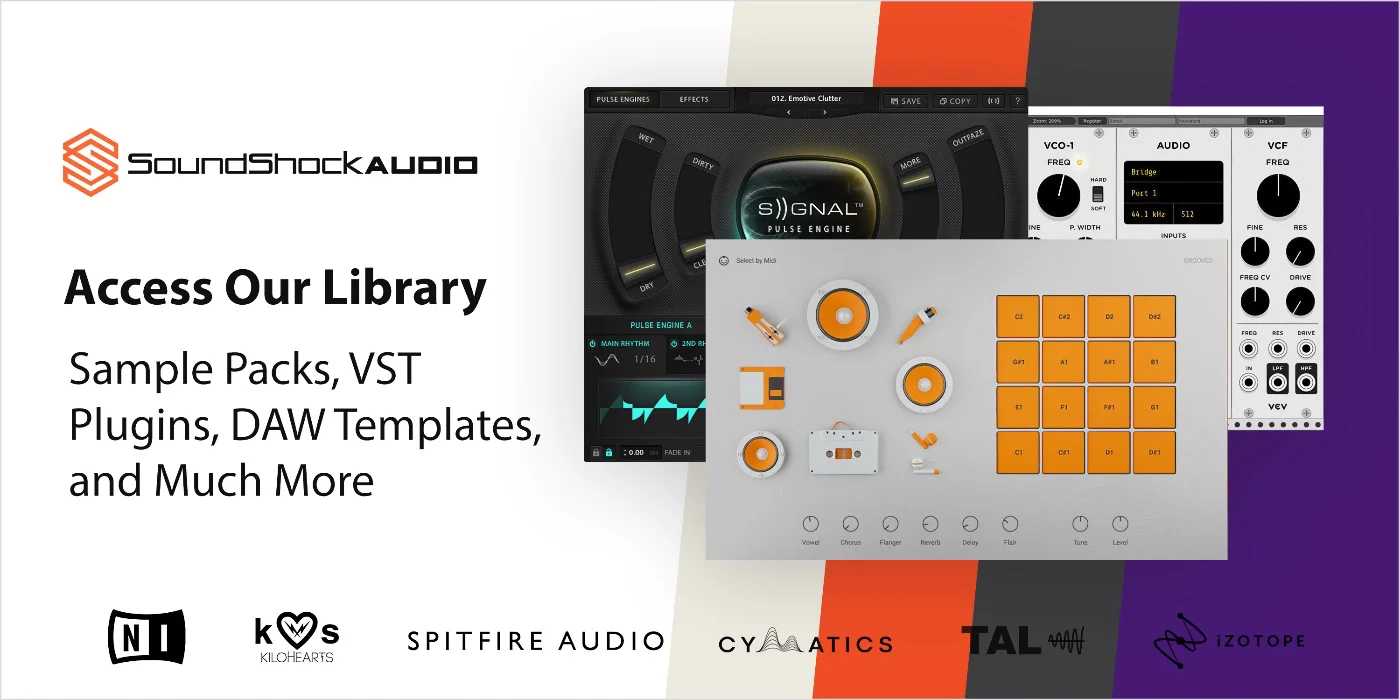
Subscribe to SoundShockAudio and access our vast library of tools, including VST Plugins, DAW templates, sample packs, and more.
Need more help when it comes to EQing? Check out these articles:

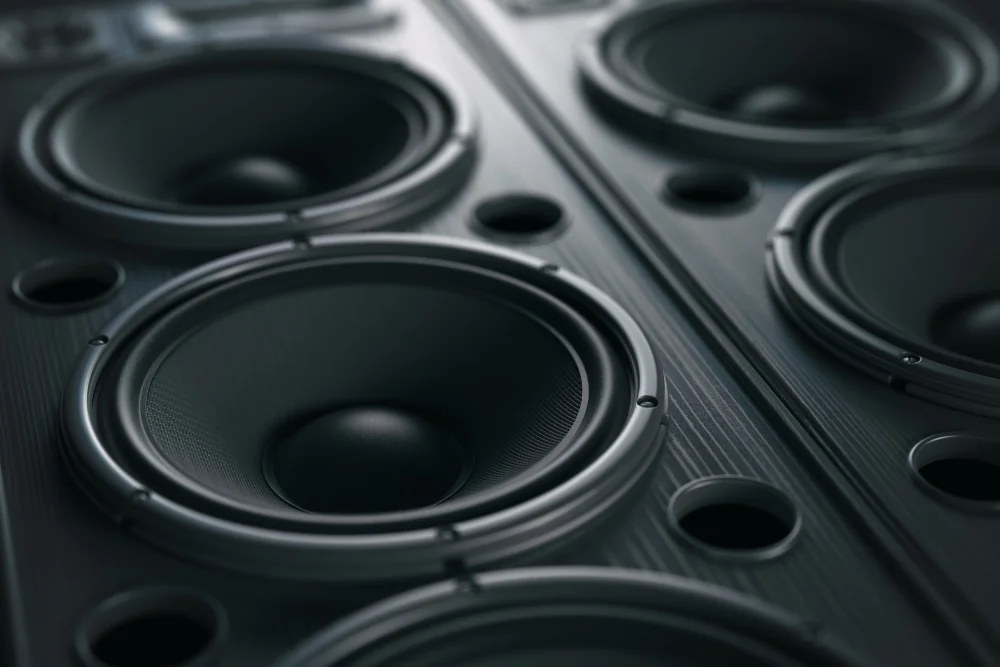



hey Daniel, was reading through your guide and got stuck at the balancing frequencies part. can u break it down a bit more? like how do i know if i got the balance right between the kick and 808? cheers
Daniel, an impeccable explanation on EQ settings for kick drums and 808s. It’s refreshing to see advanced techniques being demystified. I’d recommend emphasizing even more on the harmonic synergy between kick and 808 frequencies.
Totally agree with you. Harmonic synergy is where the magic happens. Daniel, can you do a deep dive on that in a future article?
love the piece on eq settings, always struggled with my 808s sounding muddy, this clears things up, props daniel
Wow, another article telling me how to EQ my kicks and 808s. Groundbreaking, Daniel. But seriously, the advanced techniques section was actually quite enlightening.
daniel ur guide is dope! finally got my tracks to sound less like a garage band, learned a ton bout eq. thx man
The juxtaposition of kick drums and 808s in your guide, Daniel, offers a fascinating rhythmical narrative. Perhaps more on how these elements dialogue within different genres?
Daniel, excellent exposition on EQ techniques. Could you elaborate on the specifics of frequency balancing? For instance, at what decibel levels should kicks and 808s ideally resonate?
Daniel, your guide masterfully covers modern EQing tactics, yet I find the rich history of analog EQing on kicks and 808s equally compelling. Future articles could benefit from this historical perspective.
This article is a game-changer, Daniel! Really helped me dial in those perfect sub frequencies. My mixes have never sounded better. Thanks for the insights!